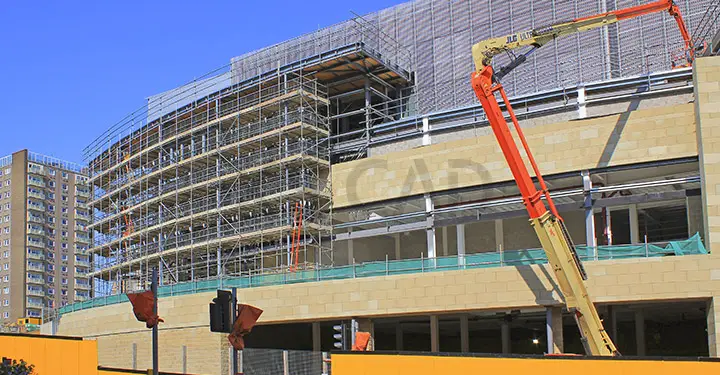Our Articles

How Important Is CDP in Building Construction?
Just a little bit like good parenting, CDP, or the contractor’s design portion, is all about taking responsibility. Contractual obligations define the specific project parts that the contractor agrees to design. All project stakeholders understand the design element that the contractor is responsible for and has an implied responsibility for as well, such as MEP drafting services, electrical design services and MEP BIM services, to name a few.
As the scope of design may be vast, depending on the type of project, the contractor has the option of subcontracting design work to specialist subcontractors. The main contract can include a subcontractor agreement, which clearly defines design portions of the main contractor and those of subcontractors.
Customer requirements for the contractor’s design is typically present in tender documents as ‘Employer’s Requirements’. The contractor will then submit ‘Contractor’s Proposals’. The CDP may be part of a pre-construction services agreement, which may involve providing early project consultation before the commencement of the main contract.
Contractor’s Responsibilities in CDP
What are the main responsibilities of the contractor in the CDP?
What are the main responsibilities of the subcontractors in the CDP?
What happens in the absence of a CDP process?
BIM in CDP
How does BIM (Building Information Modelling) figure in CDP?
Using BIM may have a significant effect on the contractor’s design portion. If a fully integrated BIM model has been developed before hiring a main contractor, it may not be handed over by the client’s design team, resulting in this design team managing and collecting designer’s input.
The catch is that the main contractor must complete the contract by a specified date. To do so, the contractor’s design portion may need to incorporate BIM technology and BIM models into its process to include specialist design at the pre-construction design stage.
This would mean that the design team will work with specialists in the pre-construction stage and the contractors must adopt the specialists’ design in the tender offer. Thus, the main contractor’s bid will include the scope of the specialists’ work and its cost.
Alternately, the main contractor may choose their own subcontractors and create their own BIM models rather than use the client’s.
Traditionally in a construction project, the architect or engineer develops a design and provides it to the contractor, who must follow it explicitly. Some of the traditional obligations of contractors are as follows:
Newer contracts for contractors may include the following features:
One of the most important requisites for the CDP to be effective is that all project stakeholders understand their design responsibilities and the consequences resulting from those design responsibilities according to their contracts. So, along with HVAC mechanical engineering, electrical design services, MEP drafting services and a range of BIM services, the contractor’s design portion is crucial to the overall health and functionality of buildings.
XS CAD has valuable experience providing HVAC mechanical engineering and BIM services for general contractors and design consultants. Our range of services across the world includes MEP drafting services, electrical design services and MEP BIM services, and we offer retained teams when required. We create these models, drawings and BIM services by using Revit, AutoCAD and BIM Collaborate Pro for cloud collaboration.

